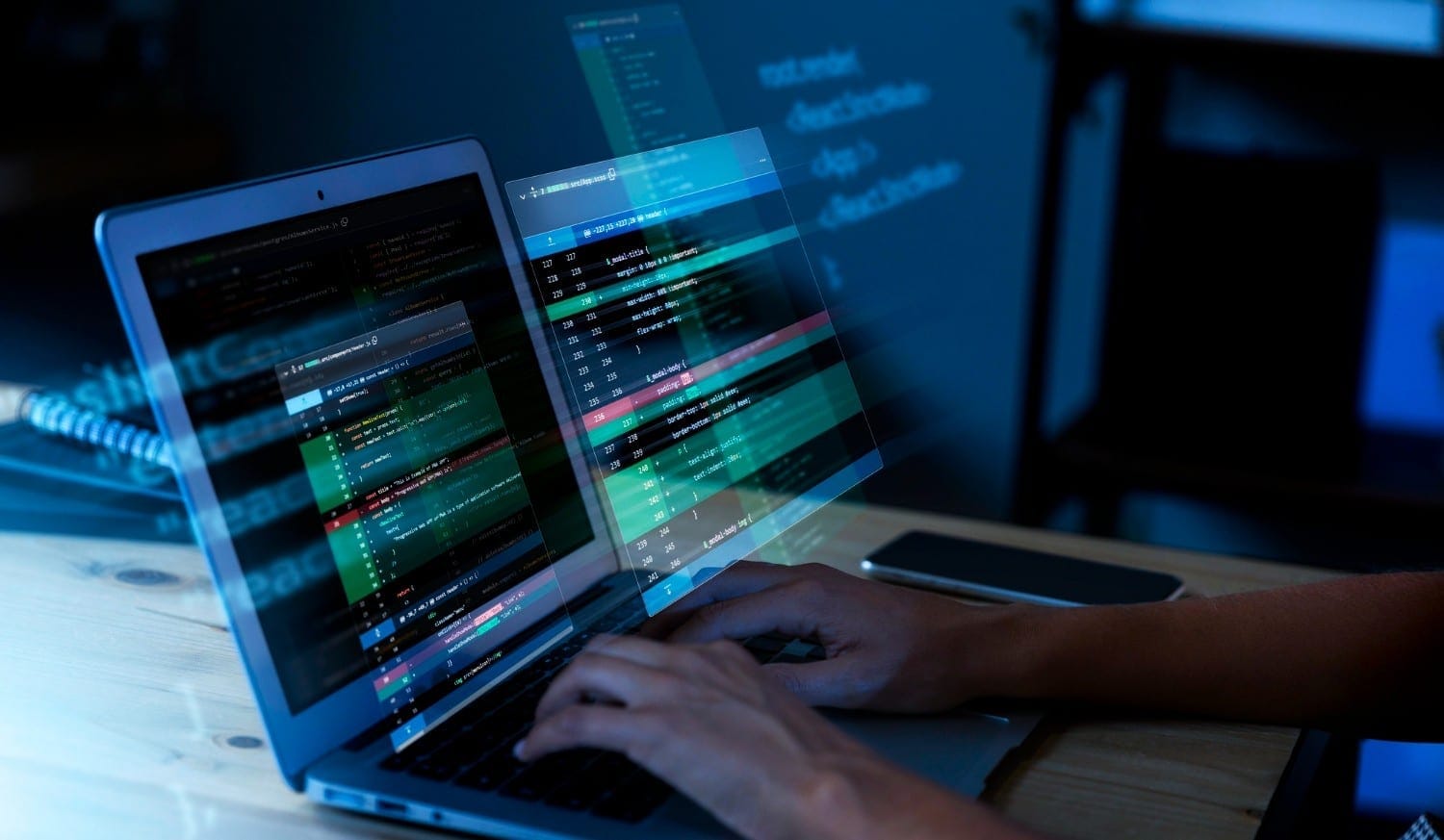Sure! Here’s the translation:
—
In a society where there is increasing digitalization across all sectors, the company ERNI Spain warns of the risk that technological advancements could become a trap if not accompanied by a solid cybersecurity strategy. According to this company, every innovation opens a new door to potential attackers—an issue that affects us in our daily lives.
The technology company emphasizes that the automation of processes, the integration of artificial intelligence, and the massive deployment of connected devices (IoT) have multiplied the vulnerable points in systems. “Every line of code, every public API, or every device is an attack surface. More digitalization inevitably means more risk if not accompanied by adequate protective measures,” states Soto. The problem, he adds, is that many organizations only act when the damage has already been done.
ERNI Spain highlights that the economic impact of cyberattacks is particularly severe for small and medium-sized enterprises, which lack in-house cybersecurity teams. “The average cost of an attack in Europe now exceeds 200,000 euros for an SME.” Beyond the direct financial impact, Soto warns of the long-term consequences: “The loss of trust, reputational damage, talent drain, or legal sanctions are effects that are difficult to reverse.”
ERNI insists that “cybersecurity must stop being seen as an obstacle or unnecessary expense.” “Investing in security not only prevents losses: it allows you to move forward with guarantees, generates a competitive advantage, and builds trust with clients and partners. In sectors like health or education, protecting oneself is not only a legal or economic obligation; it’s a matter of social responsibility that can save lives,” explains the expert.
This challenge is compounded by increasing regulatory pressure. Regulations such as the GDPR, NIS2, and the Cyber Resilience Act require organizations to go beyond their own systems and ensure security throughout the supply chain. “Cybersecurity is no longer a separate compartment within IT: it’s an ecosystem. If a provider fails, the entire structure can be compromised,” warns Soto.
Finally, ERNI Spain advocates for a proactive and realistic approach. “Attackers are already using AI, automation, and increasingly advanced techniques. The only way to stay one step ahead is to simulate real attacks, conduct offensive audits, and learn from failures before others do,” concludes Soto. “Digital transformation is unstoppable, but it will only be sustainable if built on secure foundations.”
—
Let me know if you need any further assistance!

